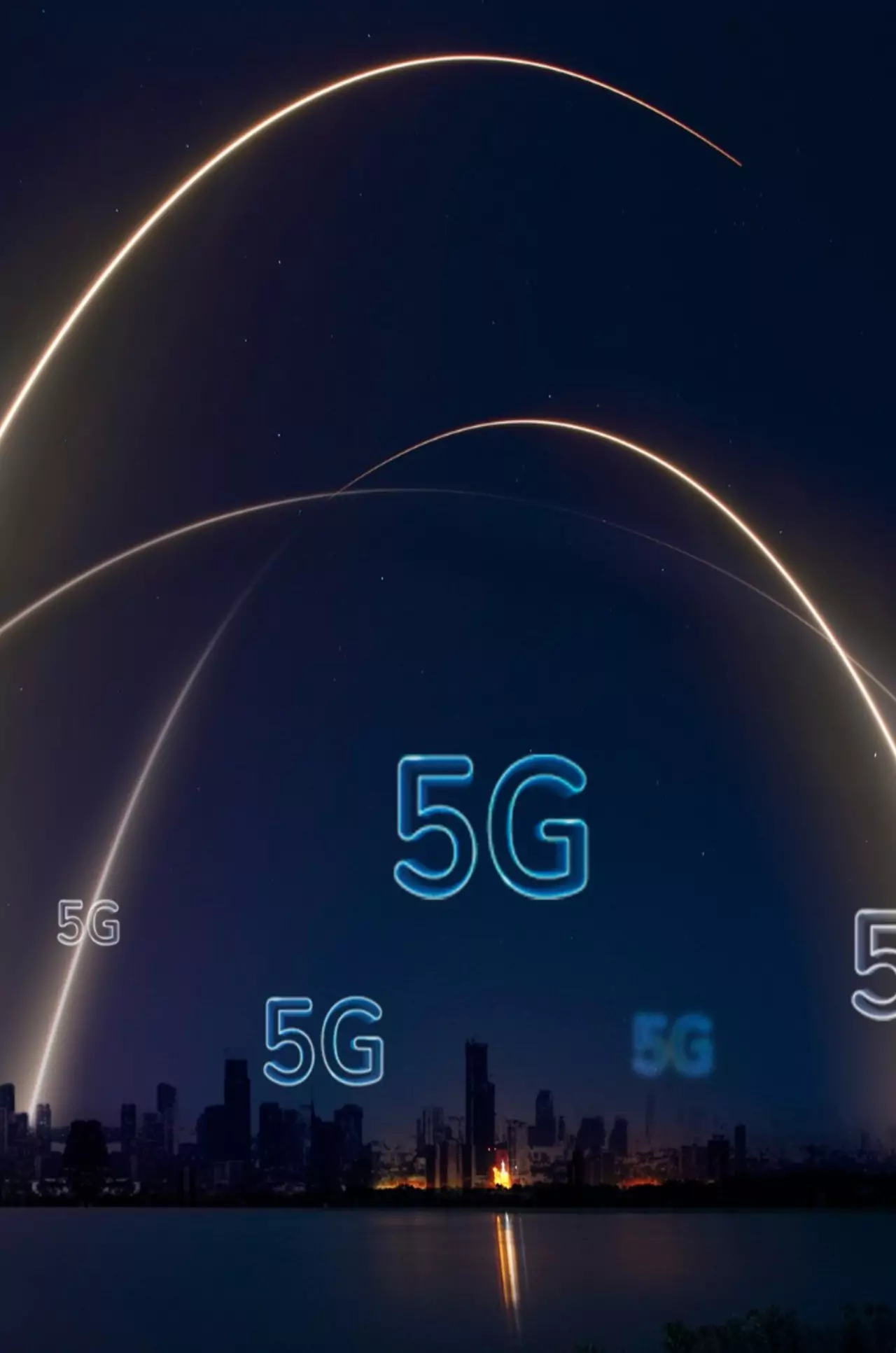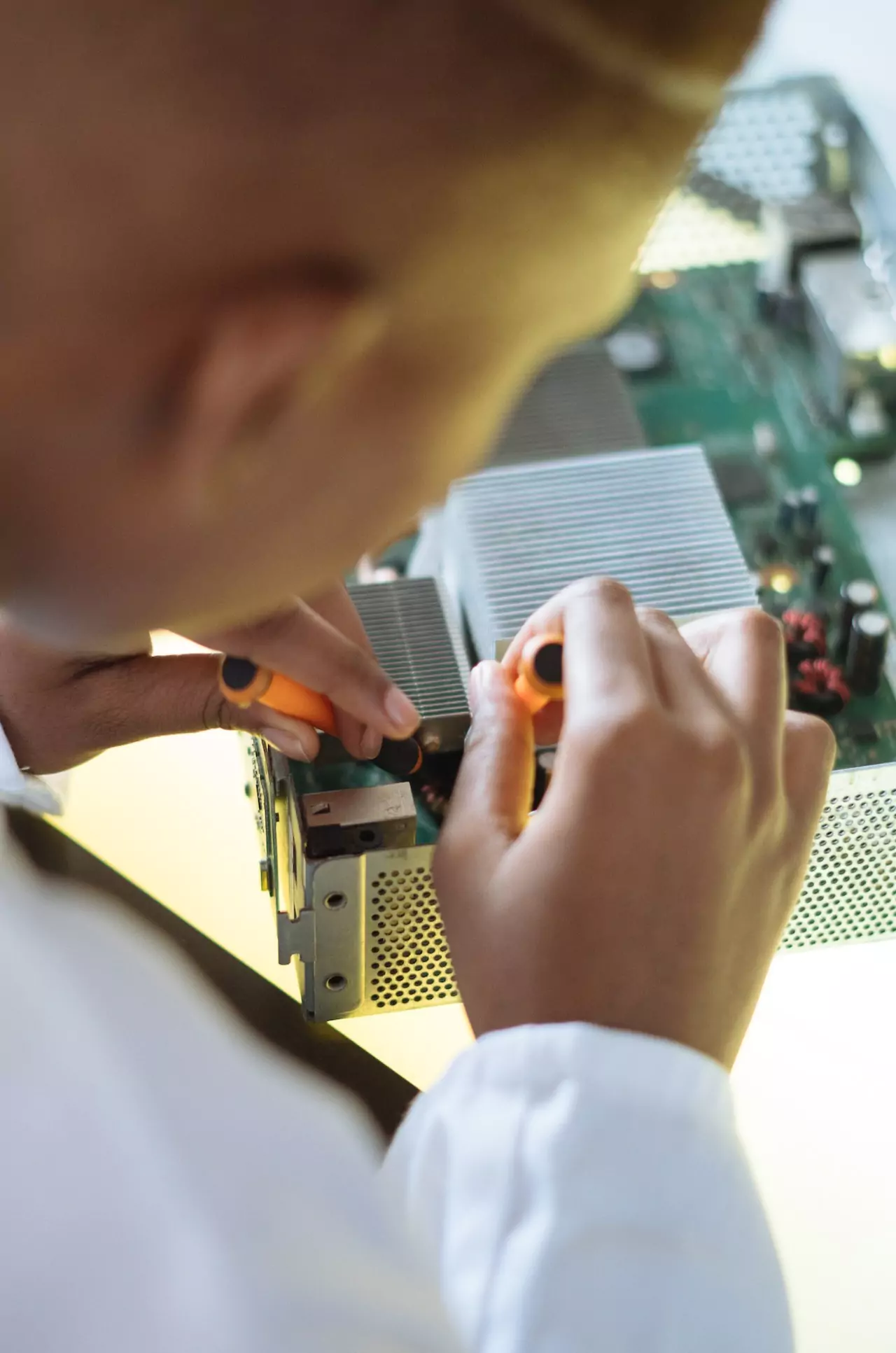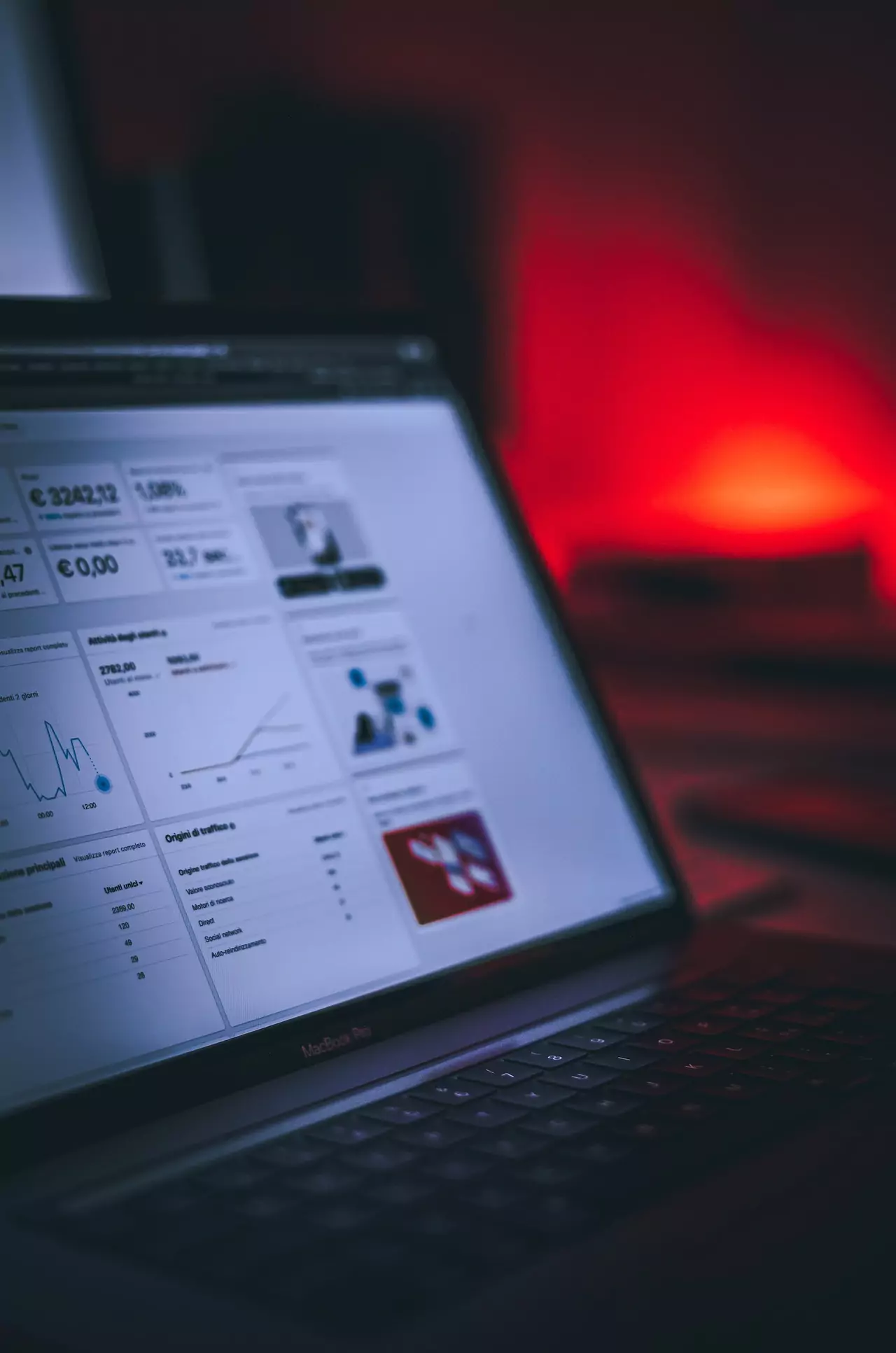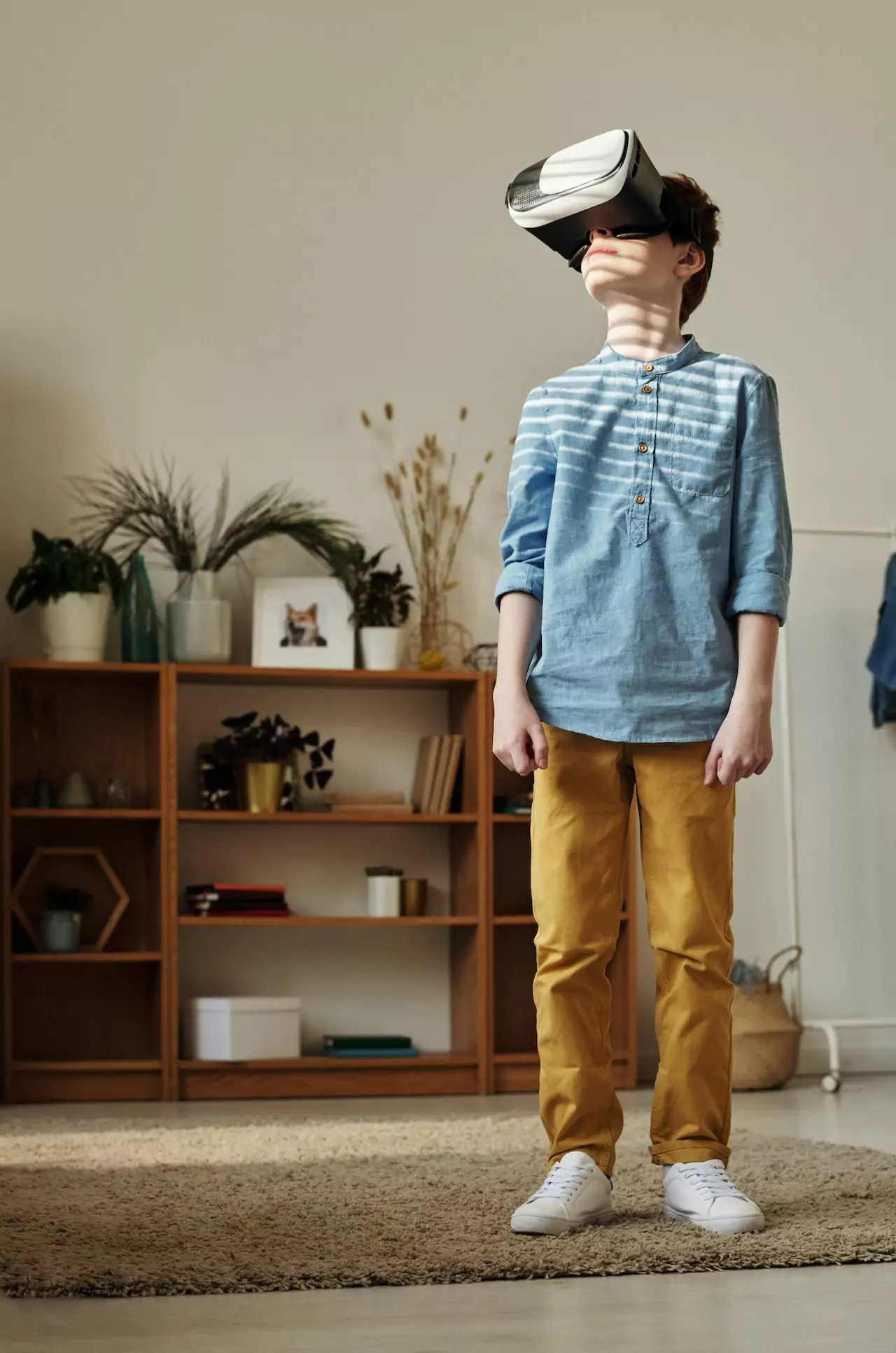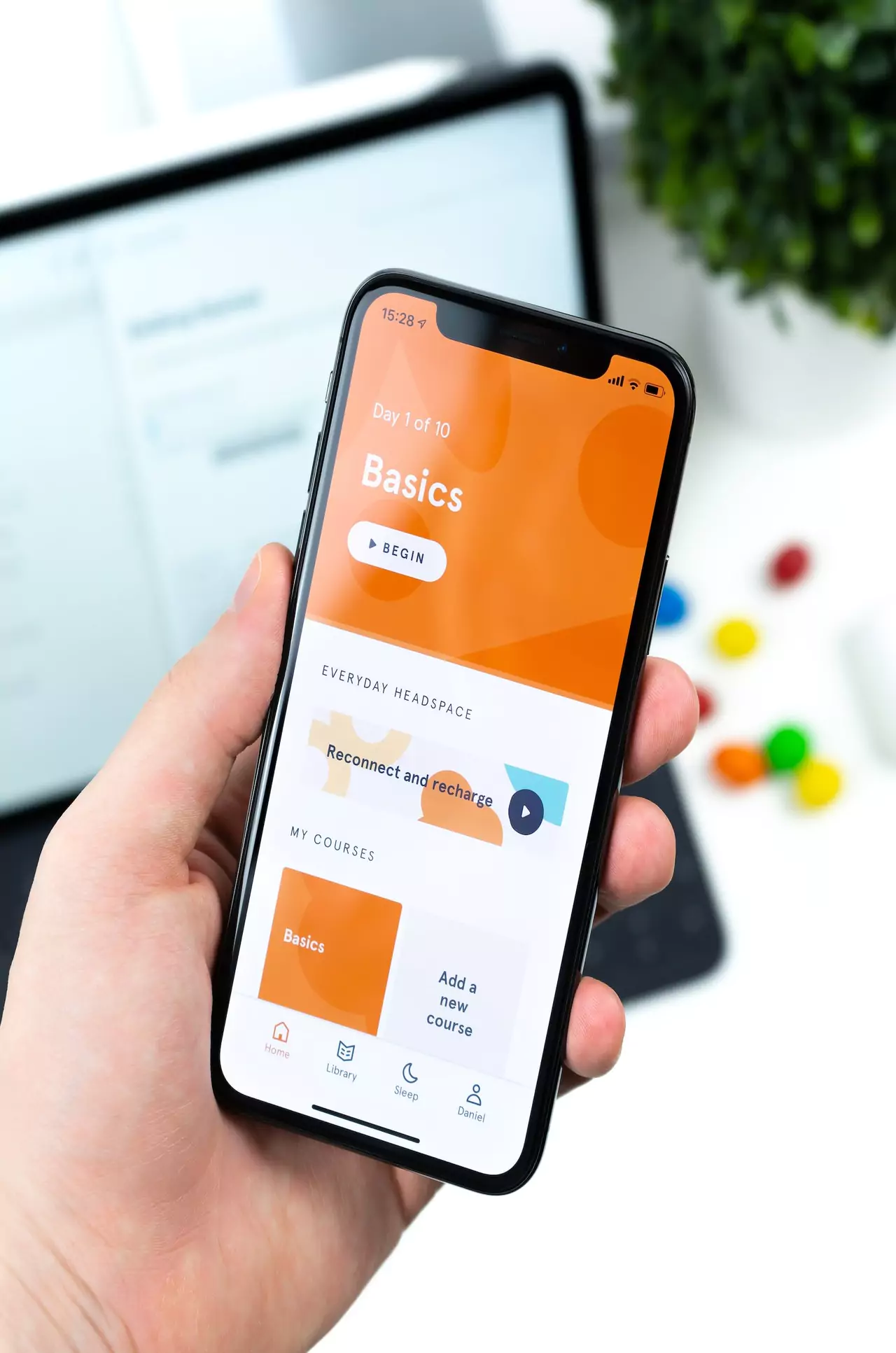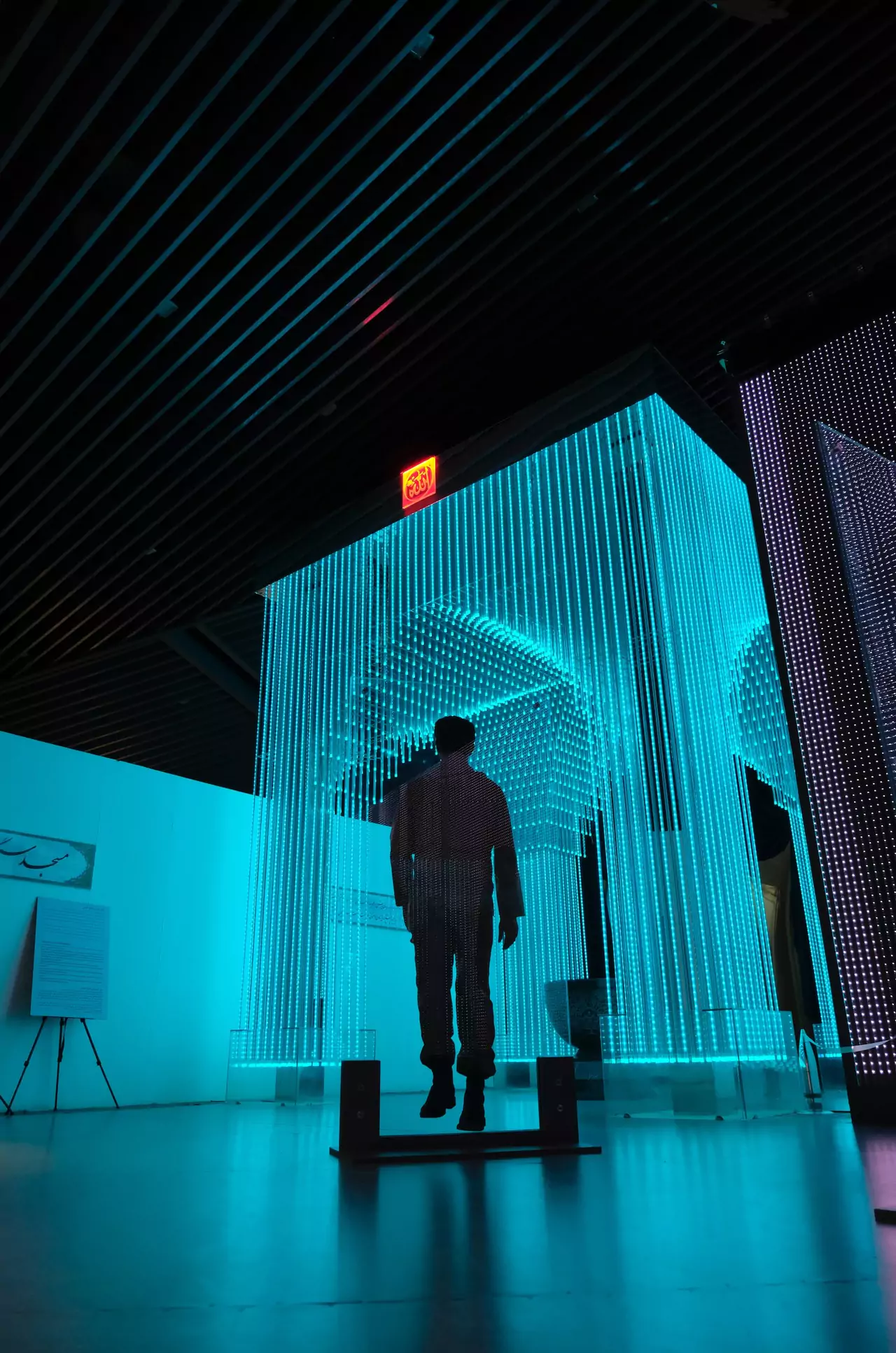Get Support
+91 9123517774
Leaf Business Consulting Services
Internet Of Things
The network of physical products, or "things," that are implanted with sensors, software, and other technologies for the reason of connecting and transferring data with other devices and systems over the internet is referred to as the Internet of Things (IoT). These devices include anything from ordinary domestic items to high-tech industrial tools. Now, there are more than 7 billion connected IoT devices, and according to specialists, there will be 10 billion by 2020 and 22 billion by 2025. Device partners are part of Oracle's network.
One of the most significant 21st-century technologies is IoT. Continuous interaction among individuals, processes, and things is now possible due to the capacity to connect commonplace objects as home appliances, automobiles, thermostats, and baby monitors—to the internet via embedded devices.
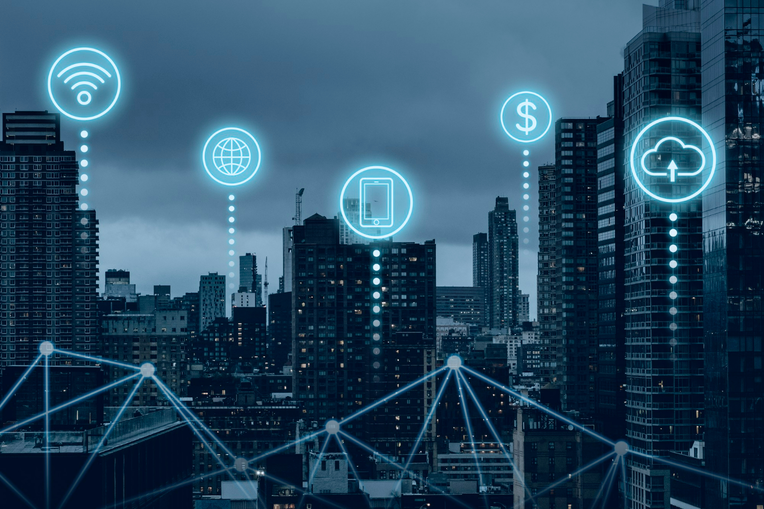
Leaf Business Consulting Services
industrial Internet of Things
IoT technology used in industrial settings is referred to as industrial IoT (IIoT), particularly when it comes to instrumenting and controlling sensors and other equipment that use cloud-based technologies. Machine-to-machine (M2M) communication has recently been employed in industry to enable wireless automation and control. But, as cloud computing and related technologies (such analytics and machine learning) gain popular, industries may now attain a new level of automation, which in turn enables the development of new income streams and business models. The fourth wave of the industrial revolution, often known as Industry 4.0, is another name for IIoT.
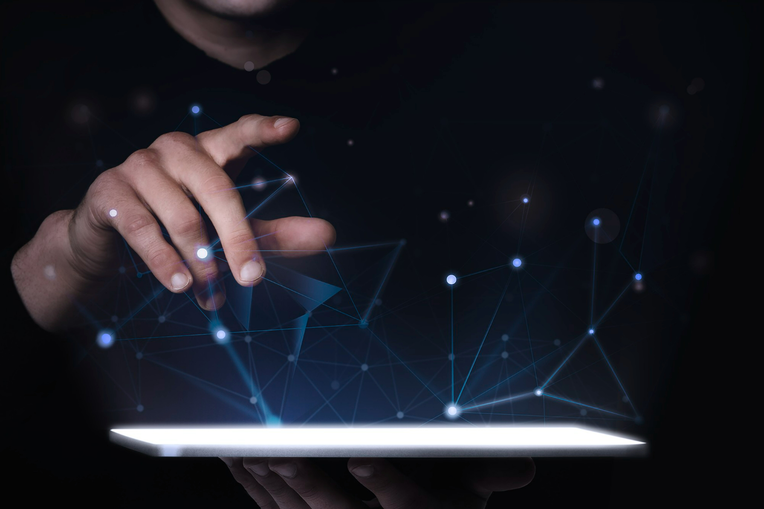
01.
Availability Of Inexpensive, Low-power Sensor Technology
More manufacturers may now use IoT technology due to fairly priced and trustworthy sensors.
02.
Connectivity
It is now simple to link sensors to the cloud and other "things" for efficient data transfer due to the wide range of network protocols for the internet.
03.
Computing Platforms in the Cloud
Businesses and consumers may now get the infrastructure they need to scale up without having to manage it all due to the development of cloud platforms.
04.
Analytic Using Machine Learning
Businesses may collect insights more quickly and easily due to advances in machine learning and analytics, as well as access to different and huge volumes of data stored in the cloud. The development of these technical development challenges the boundaries of IoT, and the data generated by IoT supports these supporting technologies.
05.
Artificial Intelligence With Speech (AI).
Natural language processing (NLP) is now available on Internet of Things (IoT) devices, including digital personal assistants like Alexa, Cortana, and Siri. This has made IoT devices more attractive, practical, and inexpensive for application at home.
06.
Automotive
The implementation of IoT applications has the potential to provide the automobile industry with major benefits. Sensors can detect impending equipment failure in vehicles that are already on the road and can warn the driver with information and advice, in addition to the advantages of applying IoT to production processes. IoT-based apps' pooled data has allowed automotive suppliers and manufacturers to learn more about how to keep vehicles running and car owners informed.
07.
Transportation and Logistics
Many IoT applications have positive impacts on logistics and transportation networks. Thanks to IoT sensor data, fleets of cars, trucks, ships, and trains that transport goods can be redirected based on the weather, the availability of available vehicles, or the availability of drivers. Moreover, sensors for temperature monitoring and track-and-trace could be integrated within the stock itself. IoT monitoring systems that give alerts when temperatures increase or decrease to a level that concerns the product would be extremely helpful to the food and beverage, floral, and pharmaceutical industries, which frequently carry stock that is temperature-sensitive.
08.
Retail
Retail businesses may manage inventory, improve client satisfaction, streamline the supply chain, and cut costs by using IoT apps. For particular, RFID-based data can be collected via smart shelves integrated with weight sensors, and the data can then be sent to an IoT platform to automatically check stock and give notifications when supplies are low. Customers can receive targeted offers and promotions from leds to create a compelling experience.
